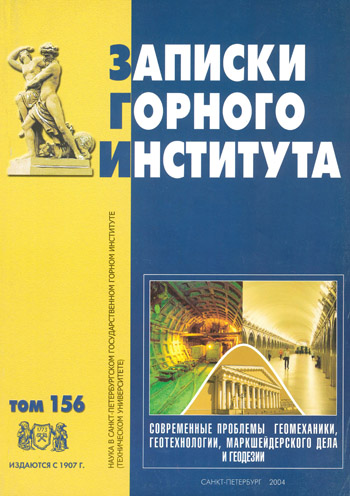Geomechanical analysis of St. Petersburg bedrock clays as a fractured-block environment
About authors
- 1 — G.V. Plekhanov Saint Petersburg Mining University
- 2 — G.V. Plekhanov Saint Petersburg Mining University
Abstract
The features of the structure of the St. Petersburg bedrock clay massif as a fractured-block environment are considered. The genesis of fracture formation due to tectonic and non-tectonic factors is analyzed, the zoning structure of the clay strata along the depth of the section, which is determined by the block size and the range of humidity and density changes. The regularities of changes in the parameters of shear resistance and general deformation modulus of clays by depth, as well as the influence of the scale effect on the same parameters of mechanical properties, are presented.
Область исследования:
(Archived) Modern problems of geomechanics and geotechnology
Similar articles
Influence of the construction protective coating on the stress and strain state of the ore rock massif
2004 D. A. Potemkin
Socio-economic substantiation of the rational use of real estate in the historic center of St. Petersburg
2004 K. S. Shanina
Forecasting technique of tunnel exploitation stability of St. Petersburg underground
2004 A. G. Protosenya, E. G. Kozin
